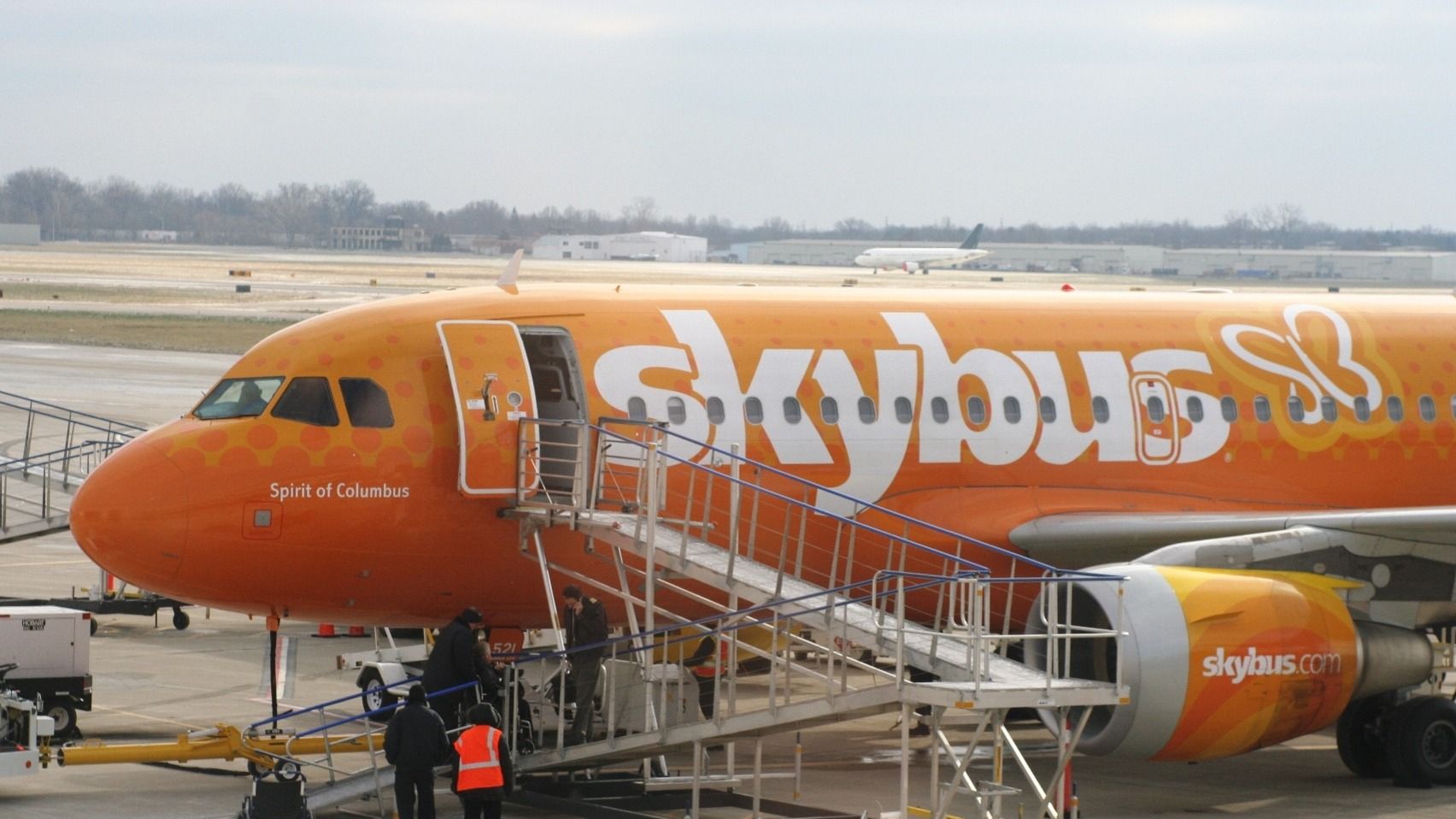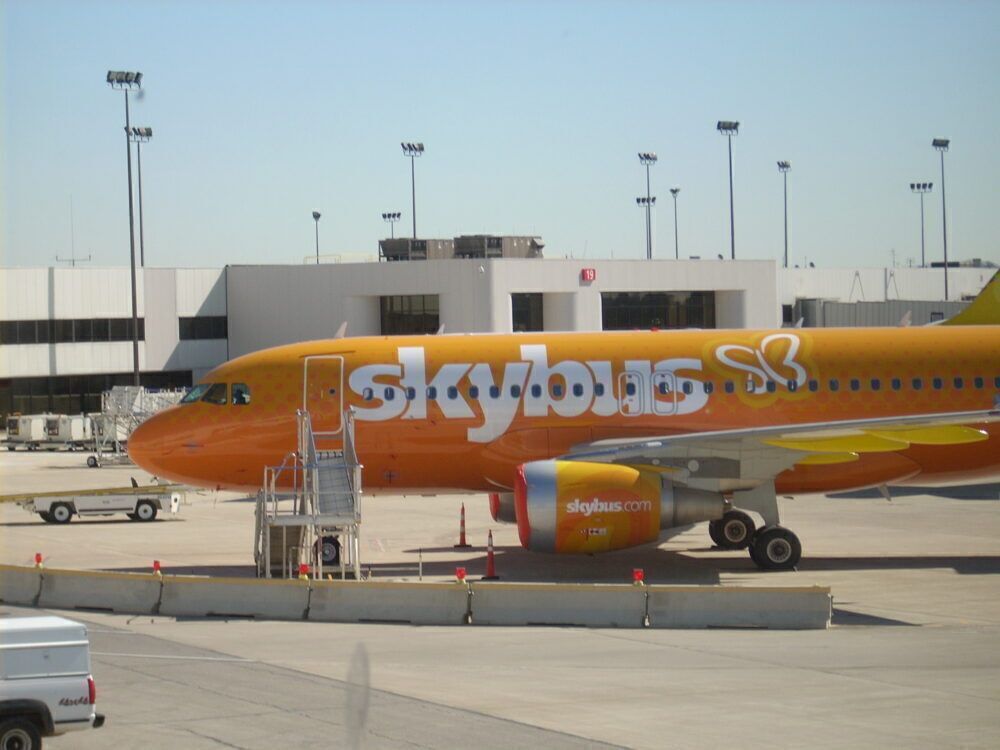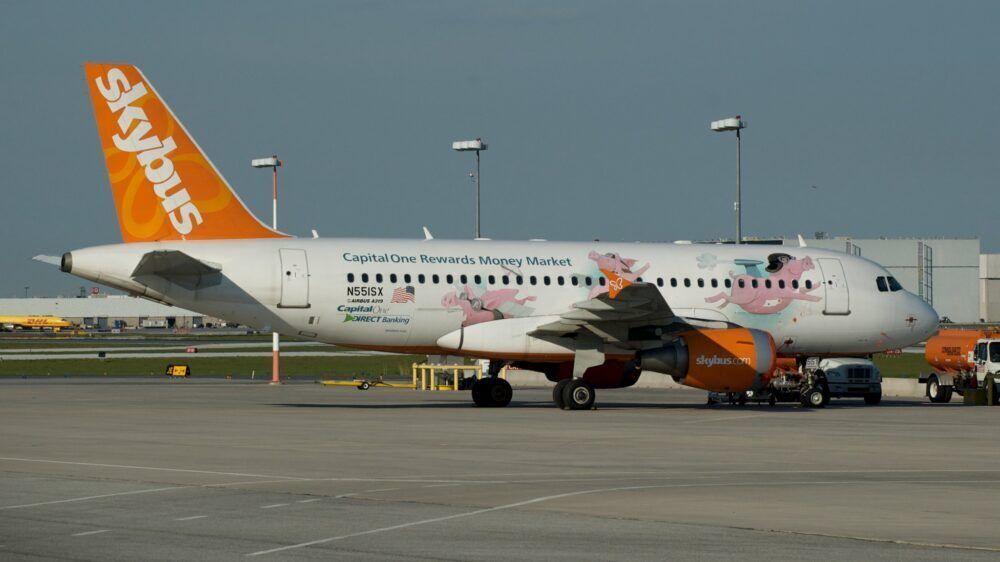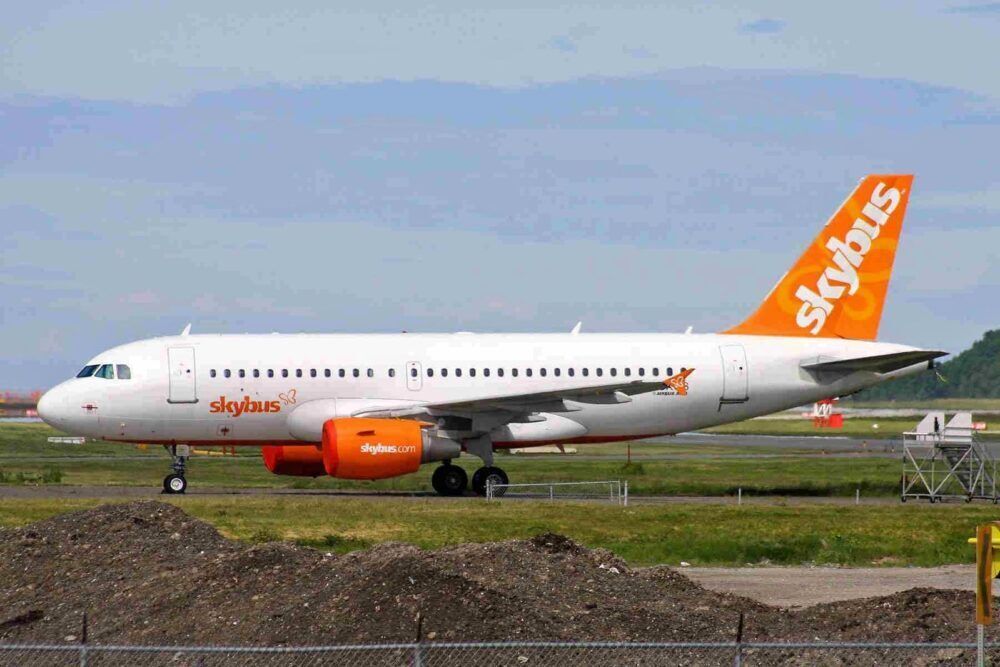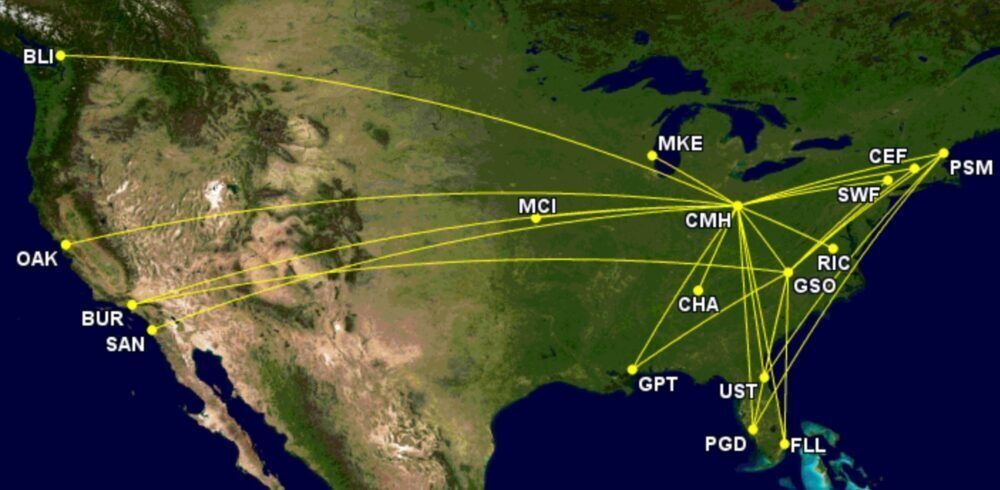$160 million in funding wasn't enough to save this airline. The USA's Skybus took off from its first base at Columbus (Ohio) on May 22nd, 2007, but lasted for less than a year. Its approach was revolutionary at the time, often leading to disparaging labels despite trying to offer lower fares and more choices. We delve into the short-lived airline.
Skybus was an ultra-low-cost carrier (ULCC) forged in the image of Europe's controversial airline Ryanair. In many ways, Skybus was well ahead of its time. As its CEO said:
"The goal of the airline was to do something that nobody was doing in the United States. The goal was to be able to fly an airline profitably at half the price of everybody else. That means that your costs have to be less than half of everyone else."
Stay informed: Sign up for our daily and weekly aviation news digests.
A European-style LCC in the US
The classic low-cost model is typically adapted to local circumstances wherever it is used. For Skybus, this meant applying lessons learned by Ryanair to increase aircraft productivity and drive down costs.
This enabled headline-grabbing "outrageously low fares," as Skybus called them, from just $10 one-way (excluding taxes), offset by as many pay-for items as possible. Lower fares enabled it to grow demand on the routes it served, many of which were brand-new. Among many other things, Skybus had:
- No frills (this really was a novelty once!)
- Ancillary revenue (pay-for bags, food, and drink)
- Website bookings only
- No telephone line (everything was via email)
- One aircraft type (the A319)
- Low average pay (versus the industry), offset by more commissions/incentives
- Higher seating density (156 seats)
- Very high daily utilization (15 hours targeted), from working aircraft from early morning often until well after midnight (for example, Kansas City arrived back in Columbus at 01:10)
- 25-minute turnarounds (unheard of in the US nowadays, although operational reliability was an issue as it didn't have a scheduling firebreak between crew changes to help make up any delays)
And Skybus also had...
- Larger-than-normal aircraft (against regional jets, anyway) with lower unit costs
- A return-to-base approach, meaning neither aircraft nor crew overnighted
- Point-to-point only (no connections) to reduce cost, complexity, and responsibility
- Exterior and interior advertising
- Secondary airports for major metro areas, such as Burbank and Oakland
- Previously little or never-used airports near(ish) major metros, such as Bellingham for Seattle and Vancouver; Stewart for Greater NYC; Portsmouth for Boston and beyond; Chicopee for Hartford; St Augustine for Jacksonville and Daytona Beach; and so on
- Incentives from smaller airports/areas that wanted traffic and route growth
Stay informed: Sign up for our daily and weekly aviation news digests.
Big growth, big plans
Skybus had a very bullish growth plan. It had ordered 65 A319s before its first flight took off and expected to operate 20 aircraft by the end of 2008. However, it often seemed to spread itself quite thinly, which is always dangerous. It opened a base in Greensboro (North Carolina) in January 2008.
Higher-than-normal frequencies
Today, ULCCs usually have two or three weekly flights, as shown by Frontier and Allegiant and, in Europe, by Ryanair and Wizz Air. Even new entrant Breeze, a hybrid carrier with a decent hard product, has an average of four-weekly services.
In contrast, Skybus had a minimum of a once-daily offering designed for usability, something that very price-sensitive people normally give up in return for very low fares. This required even heavier discounting to grow demand to help achieve higher loads and generate enough revenue.
Where did Skybus fly?
In its less-than-a-year life, Skybus carried just over 946,000 passengers, according to the Department of Transportation's T-100 dataset, obtained via Cirium. It had 26 routes, with the top 10 by total passengers shown below the map.
- Columbus-Burbank: approximately 104,077 round-trip passengers
- Columbus-Portsmouth: 103,273
- Columbus-Fort Lauderdale: 100,885
- Columbus-Greensboro: 69,366
- Columbus-St Augustine: 59,718
- Columbus-Richmond: 59,149
- Columbus-Oakland: 57,655
- Columbus-Kansas City: 55,954
- Columbus-Bellingham: 47,646
- Columbus-Punta Gorda: 46,508
The 26 routes had an average seat load factor (SLF) of 71.9%, pulled down by several new routes towards the end of 2007. These included Portsmouth (New Hampshire) to Punta Gorda (Florida), launched just before Christmas, although funnily enough, this was the only route to achieve an SLF of more than 80%.
Did you fly Skybus? If you did, where did you go, and what did you think? Let us know in the comments.

